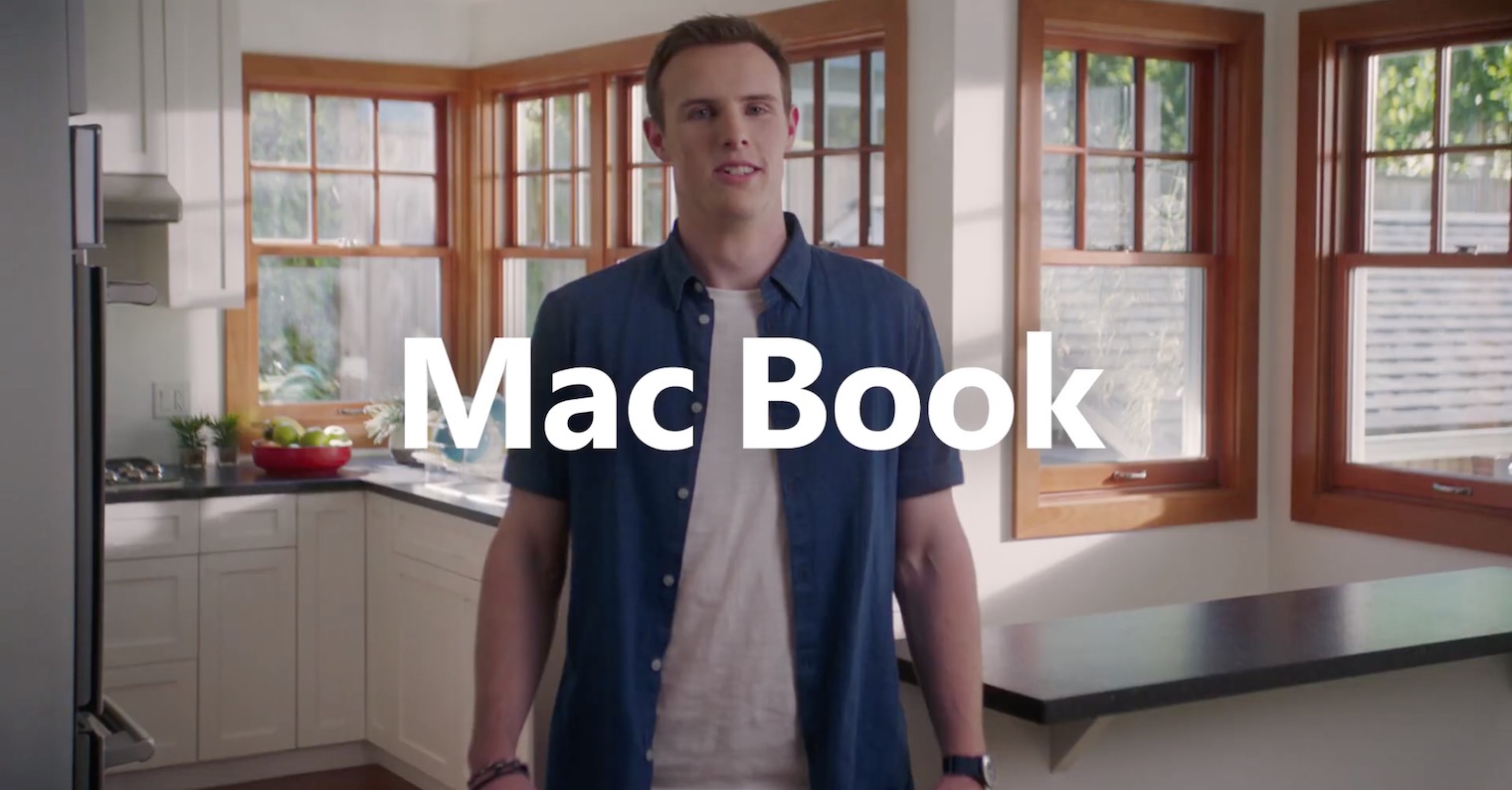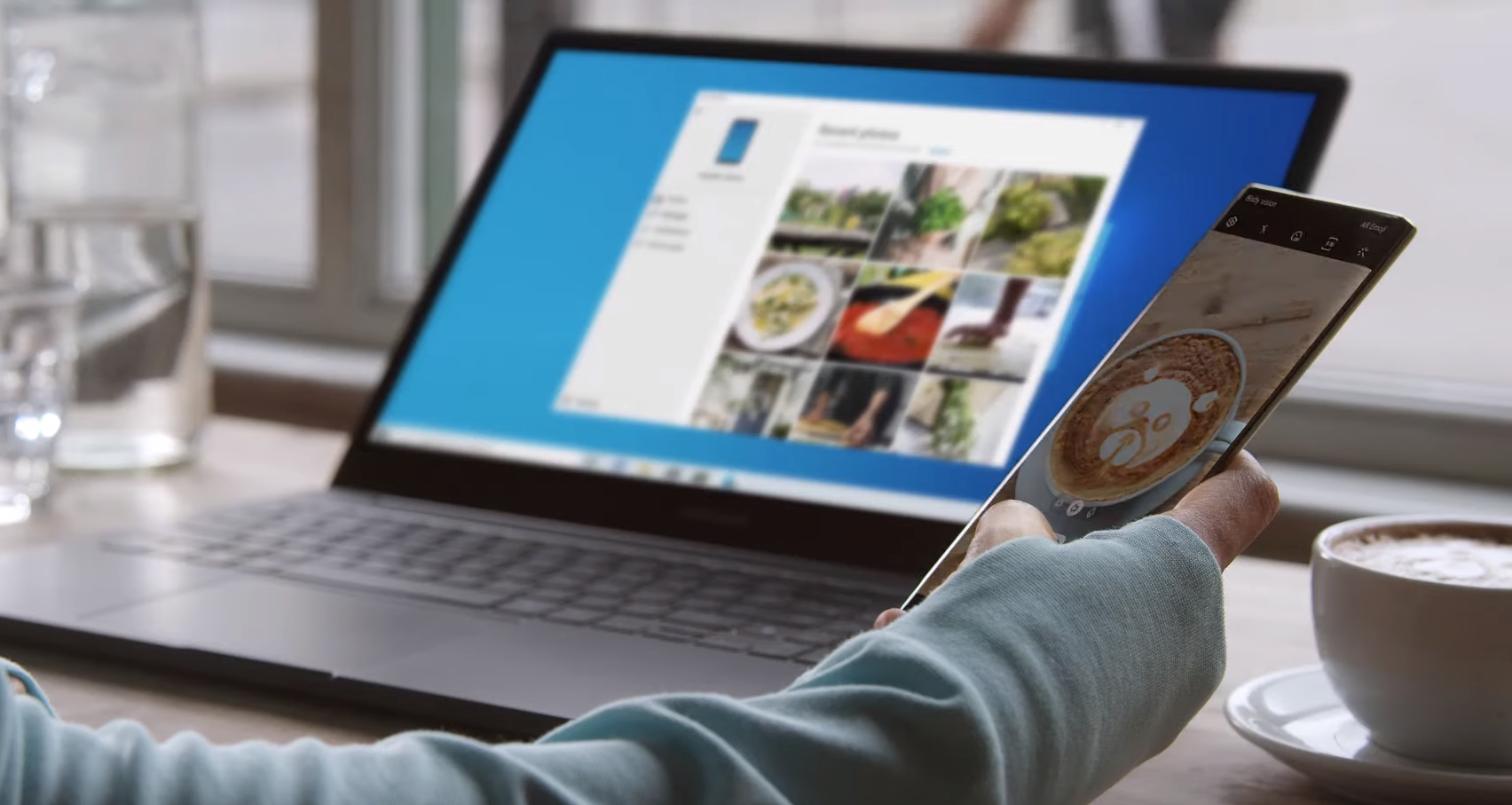A perhaps somewhat surprising alliance is brewing in the worlds of mobile phones and computers. When Samsung unveiled its new Galaxy Note flagships last week, Microsoft CEO Satya Nadella appeared on stage during the presentation to talk about plans to tie the Windows and Android platforms together. The goal is to offer users a better connection between the two ecosystems, which should lead to easier use and collaboration of both types of devices. In short, Samsung and Microsoft want to offer their users what has been working for Apple for years - a proper ecosystem.
When we compare smartphones on the Apple platform, i.e. iOS, with those on the Android platform, both choices have their advantages and disadvantages. Android is about user choice, as everyone can choose the smartphone they want to buy in the end. There is a huge range of different models that differ both in equipment and price. In this regard, Android offers far more choice than Apple. What Apple offers, on the other hand, is the often talked about "ecosystem". Samsung and Microsoft want to take care of its construction.
It could be interest you

The people at Samsung and Microsoft realize that having a perfectly functioning smartphone or computer is not enough these days. Users need to be offered functional and effective means through which they will be able to use both, ideally as smoothly as possible. It is in this respect that Apple has the upper hand, due to the functional connection of iOS (and now iPadOS) with macOS.
As part of the new initiative, Microsoft will focus on a more perfect implementation of its system programs such as the application Your Phone, Outlook, One Drive and others. These should gradually offer a much wider integration with smartphones from Samsung, which should lead to a deeper connection between the two devices and, logically, easier work with data. Specifically, it is mainly about synchronization, both multimedia and data in general.
It could be interest you

However, the form of cooperation between the two companies does not have to end only with a better way of synchronizing data. With the way smartphones are evolving, it's only a matter of time before someone finally creates a working model of some kind of "portable" full-fledged operating system in a phone. Samsung tried something like this with its DeX, but that's more of a demonstration of what would be possible in reality. The idea of a high-end smartphone that, in addition to its own OS, also contains (for example) a lite version of the Windows operating system that can be run when connected to computer peripherals can be far more tempting.
Today's smartphones already have the performance with which this should be possible (let's remember such 10-year-old Netbooks, which were also "usable" and had a minimum of performance compared to today's flagship smartphones). So it's only a matter of time before some manufacturer puts this whole concept into practice. One would like to say that Apple is the closest to this, thanks to its closed ecosystem and the increasingly interconnectedness of operating systems. However, it cannot be assumed that Apple would do something like this in the near future, because Apple does not like to blur the boundaries between its product lines. And an iPhone with macOS installed would do exactly that.
On the Android/Windows platform, this is a significantly more logical step, if only for the reason that they are two dominant platforms. Android smartphones dominate globally, and virtually every computer user knows the Windows platform these days. So rather than inventing some custom versions of portable computer operating systems (DeX), why not implement one that most people are familiar with.

Source: Phonearena
I quote: "People at Samsung and Microsoft realize that having a great smartphone or computer these days is not enough." But that's the problem. In no case will Microsoft guarantee a perfectly functioning computer. They have been trying to connect a mobile phone and a computer for years. And it's laughable. Samsung, too, no glory. Their Side Sync was always a tragedy. I have all 3 systems at home. OSX, Linux and Widle. I only have you because of the games. If Valve ported my games to Linux, they're going to screw Widle. I like Linux a lot, but I'm tired of googling for solutions to some malfunctions. Oh, and OSX, that's functional comfort.